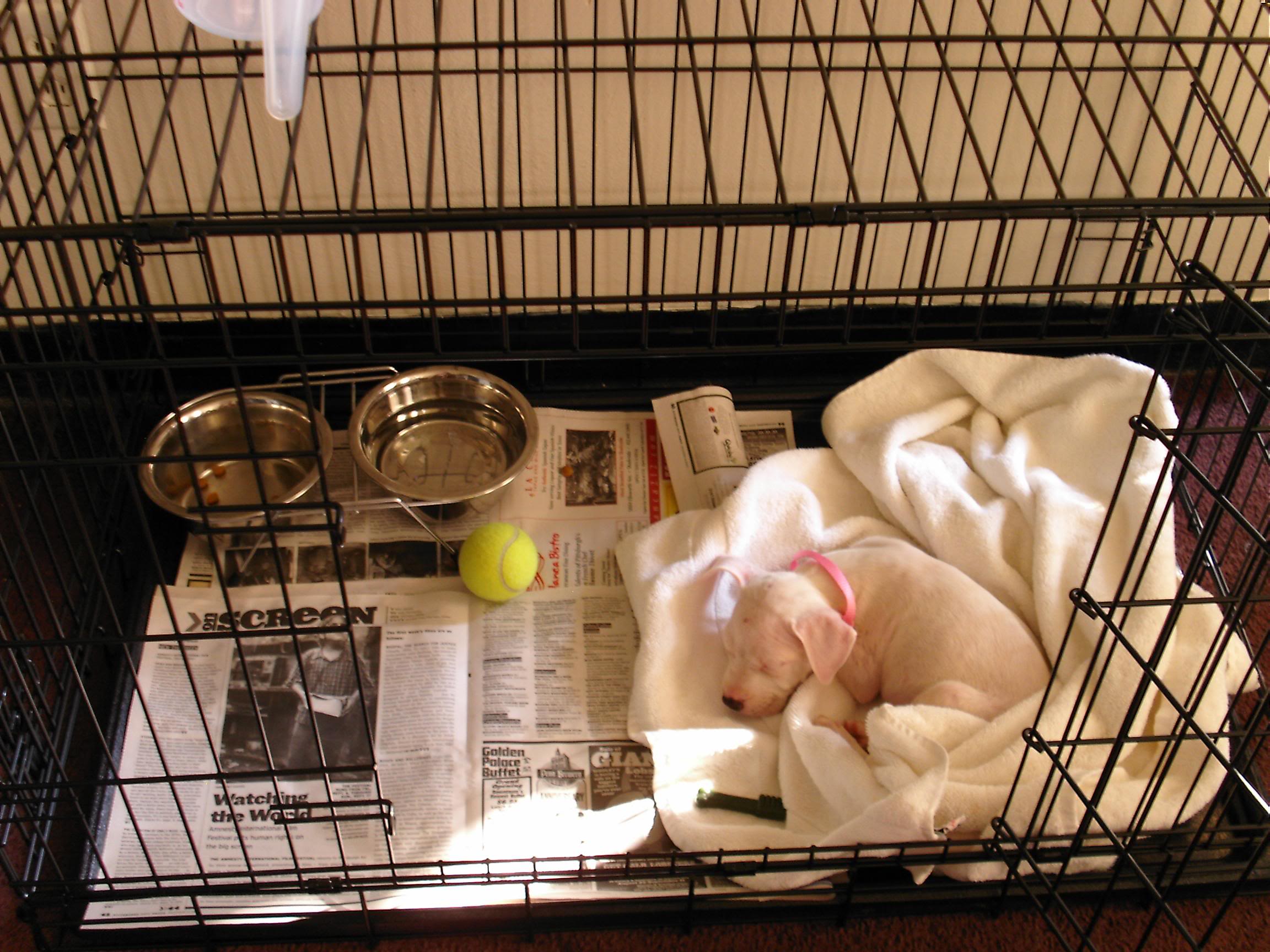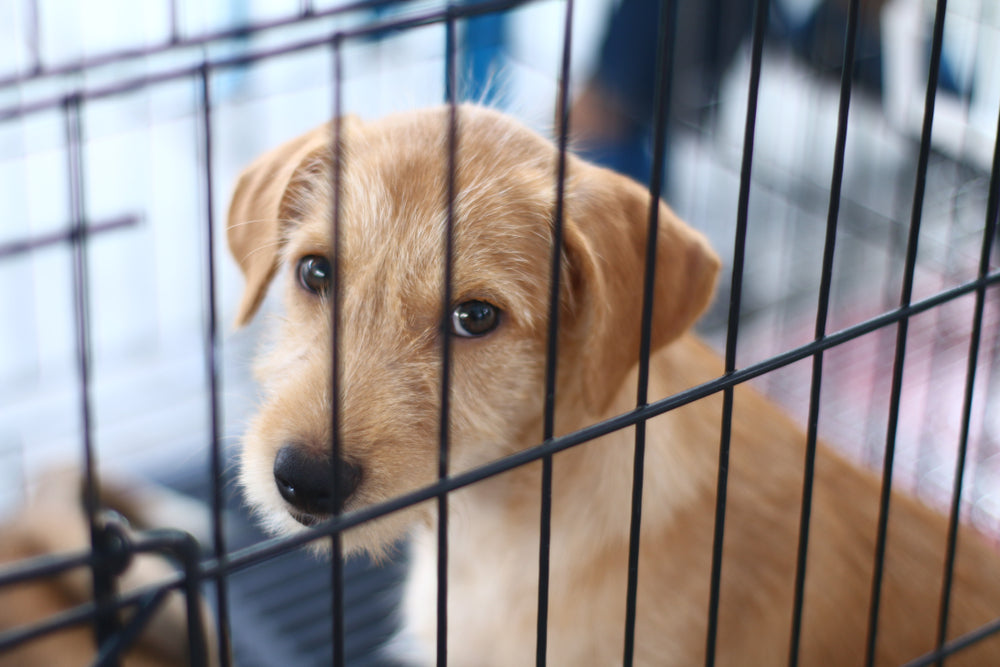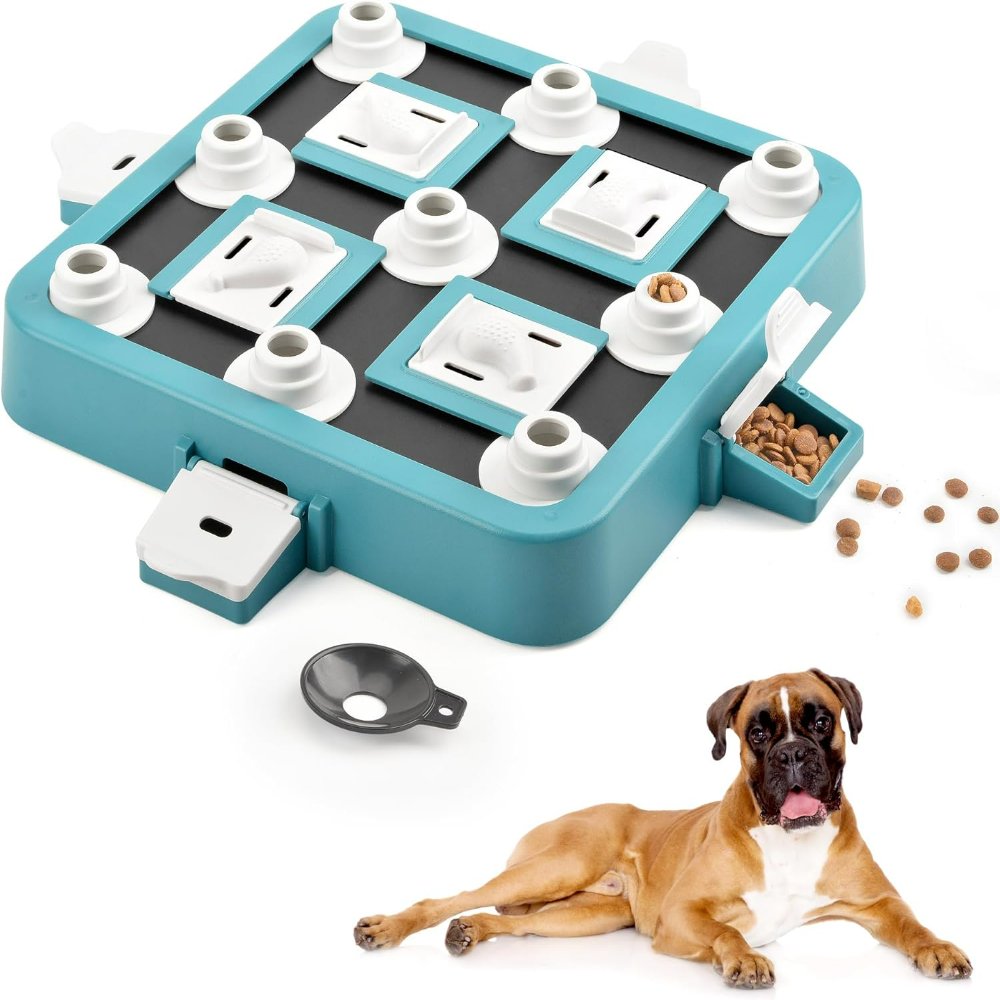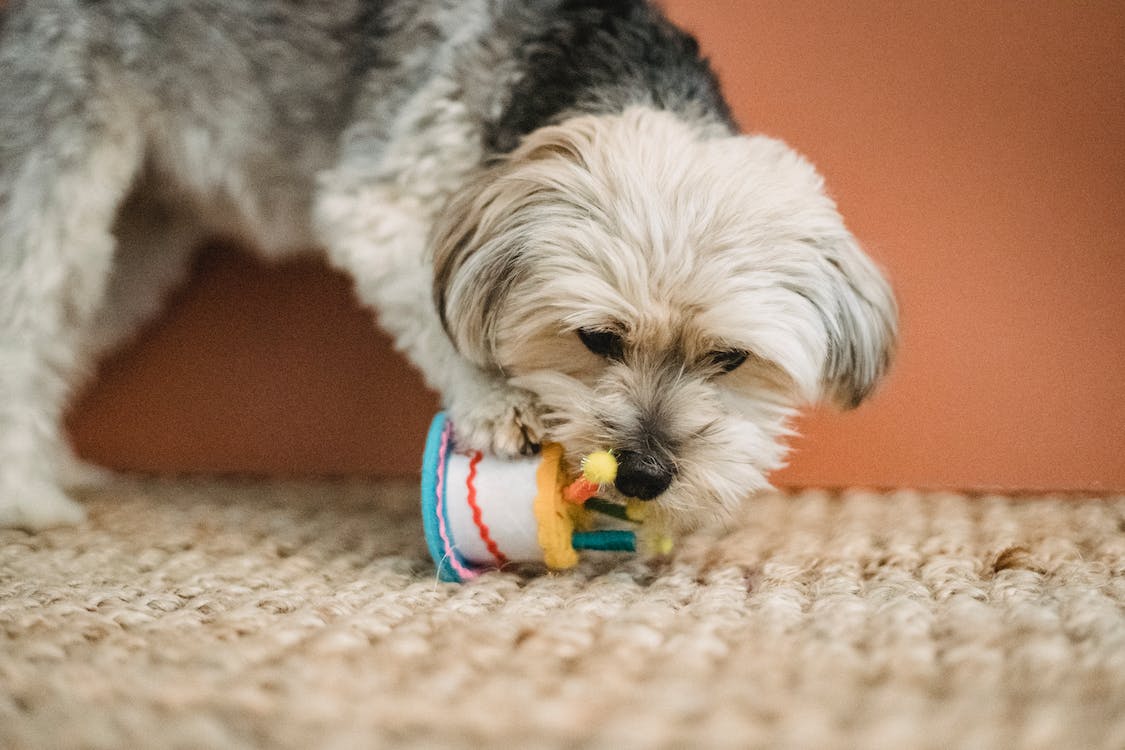Crate training is a popular and effective method to potty train puppies. It provides them with a safe and den-like environment while helping them develop good bathroom habits. However, accidents can happen, and if your puppy poops in the crate, it’s important to address the situation promptly and effectively. In this comprehensive guide, we will provide you with step-by-step instructions on what to do if your puppy has an accident in the crate.
Understanding the Situation
First and foremost, it’s crucial to understand that accidents are a normal part of the potty training process, especially with young puppies who are still learning bladder and bowel control. Puppies have small bladders and may not be able to hold their bowel movements for extended periods. It’s also possible that they may have a sudden bout of diarrhea or an upset stomach, leading to an accident in the crate.
Act Quickly and Calmly
Discovering that your puppy has soiled their crate can be frustrating, but it’s important to remain calm and avoid scolding or punishing your puppy. Remember, they are still learning, and negative reactions can cause anxiety and hinder the training process. Instead, focus on addressing the situation promptly and reinforcing positive behaviors.

Isolate the Puppy
When you notice that your puppy has soiled their crate, gently remove them from the crate and place them in a confined area that is easy to clean, such as a bathroom or a designated “potty spot” outside. This prevents them from smearing or stepping on the feces and avoids further mess. Take care not to make a fuss or show any signs of disappointment or anger, as this can lead to confusion and anxiety in your puppy.
Clean the Crate Thoroughly
Once you have safely removed your puppy from the crate, it’s time to clean the crate thoroughly. Start by discarding any solid waste into a plastic bag and sealing it. Wear disposable gloves to protect yourself from any potential bacteria. Next, use a pet-safe cleaner or a mixture of mild dish soap and warm water to clean the crate. Pay close attention to all nooks and crannies, ensuring that you remove any traces of odor or residue. Rinse the crate thoroughly and allow it to dry completely before reintroducing your puppy.
Assess Potential Causes
To prevent future accidents, it’s important to assess potential causes for your puppy’s soiling in the crate. Ask yourself the following questions:
- Is the crate the appropriate size for your puppy? It should be large enough for them to stand, turn around, and lie down comfortably, but not too spacious that they can create a separate bathroom area.
- Are you following a consistent potty training schedule? Regular bathroom breaks and consistent feeding times can help your puppy establish a routine.
- Are you providing ample opportunities for outdoor bathroom breaks? Puppies need frequent trips outside, especially after meals, naps, playtime, and waking up in the morning or after a nap.
- Is your puppy experiencing any digestive issues or health problems? If your puppy’s accidents persist or are accompanied by other concerning symptoms, consult your veterinarian for a thorough examination.

Reinforce Positive Potty Training
After addressing the immediate situation, it’s important to reinforce positive potty training habits with your puppy. Some key strategies include:
- Establishing a consistent feeding schedule that aligns with regular bathroom breaks.
- Taking your puppy outside to their designated potty spot every few hours and immediately after meals or naps.
- Rewarding your puppy with praise, treats, or a favorite toy when they eliminate in the appropriate spot.
- Using positive reinforcement techniques, such as clicker training or verbal cues, to reinforce desired behaviors.
- Supervising your puppy closely when they are out of the crate to prevent accidents and redirect them to the designated potty spot when necessary.
Remember, potty training takes time, patience, and consistency. Your puppy will make progress at their own pace, and accidents may happen along the way. By following these guidelines, providing positive reinforcement, and maintaining a calm and patient approach, you can help your puppy develop good potty habits and minimize accidents in the crate.



